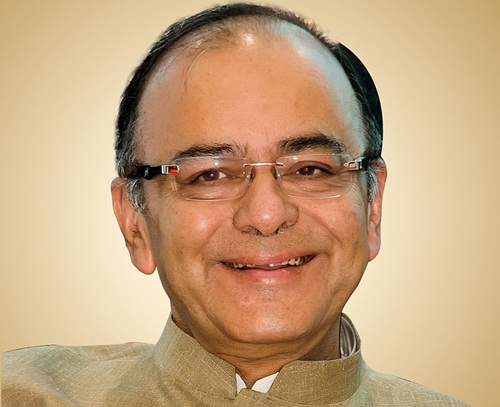The government wants the Reserve bank of India to transfer an amount equivalent to Rs3,60,000 crore, forming over a third of the central bank’s Rs9,59,000 crore reserves, to the government. Not just that, the finance ministry also wants joint control of RBI reserves, conditions that no central bank would agree to.
The government sees RBI’s annual dividend payment, or transfer of surplus to the government, as too short of expectations and this obviously is at the heart of the RBI-government standoff, according to reports.
The existing economic capital framework, which governs the RBI’s capital requirements and terms of transfer of its reserves to the government, is based on a very “conservative” assessment of risk by the central bank, according to the finance ministry.
RBI views the government’s attempt to make the central bank a cash cow like state-run enterprises and dip into its reserves can adversely impact macro-economic stability and has not accepted the proposed changes.
The finance ministry argues that the current framework was “unilaterally” adopted by the RBI at a board meeting in July 2017 when both the government nominees on the board were not present. The government did not accede to this framework and has since then been constantly seeking discussions with the RBI.
Last week, the finance ministry said while the autonomy for the RBI “is an essential” aspect, both the government and the RBI have to be “guided by public interest and the requirements of the Indian economy”.
The government has proposed the use of these funds be decided to be used to recapitalise loss-hit banks and help them expand their loan book and come out of the Prompt Corrective Action framework.
The RBI, however, says channeling RBI reserves does not tantamount to any fresh income, and is essentially in the nature of issuing new securities to fund government expenditure. This not only hurt the government’s commitment to fiscal prudence, it also affects the confidence of the financial markets.
The finance ministry has also raised objections to the staggered surplus distribution policy (SSDP) of the central bank, under which the RBI transfers its surplus to the government. The ministry’s view is that RBI has been “conservative” and at times “arbitrary,” especially when it came to the transfer of the interim surplus.
In 2017-18, the RBI transferred a surplus of Rs50,000 crore to the government (comprising an interim transfer of Rs10,000 crore), up from Rs30,659 crore in 2016-17, but lower than in the previous three years.
The government believes that, when compared with global central banks, the RBI holds much higher total capital as a percentage of its total assets (at about 28 per cent).
Countries including the US, the UK, Argentina, France, Singapore maintain much lower capital as a percentage of total assets, while the same for countries including Malaysia, Norway and Russia are much higher than India.








.webp)














